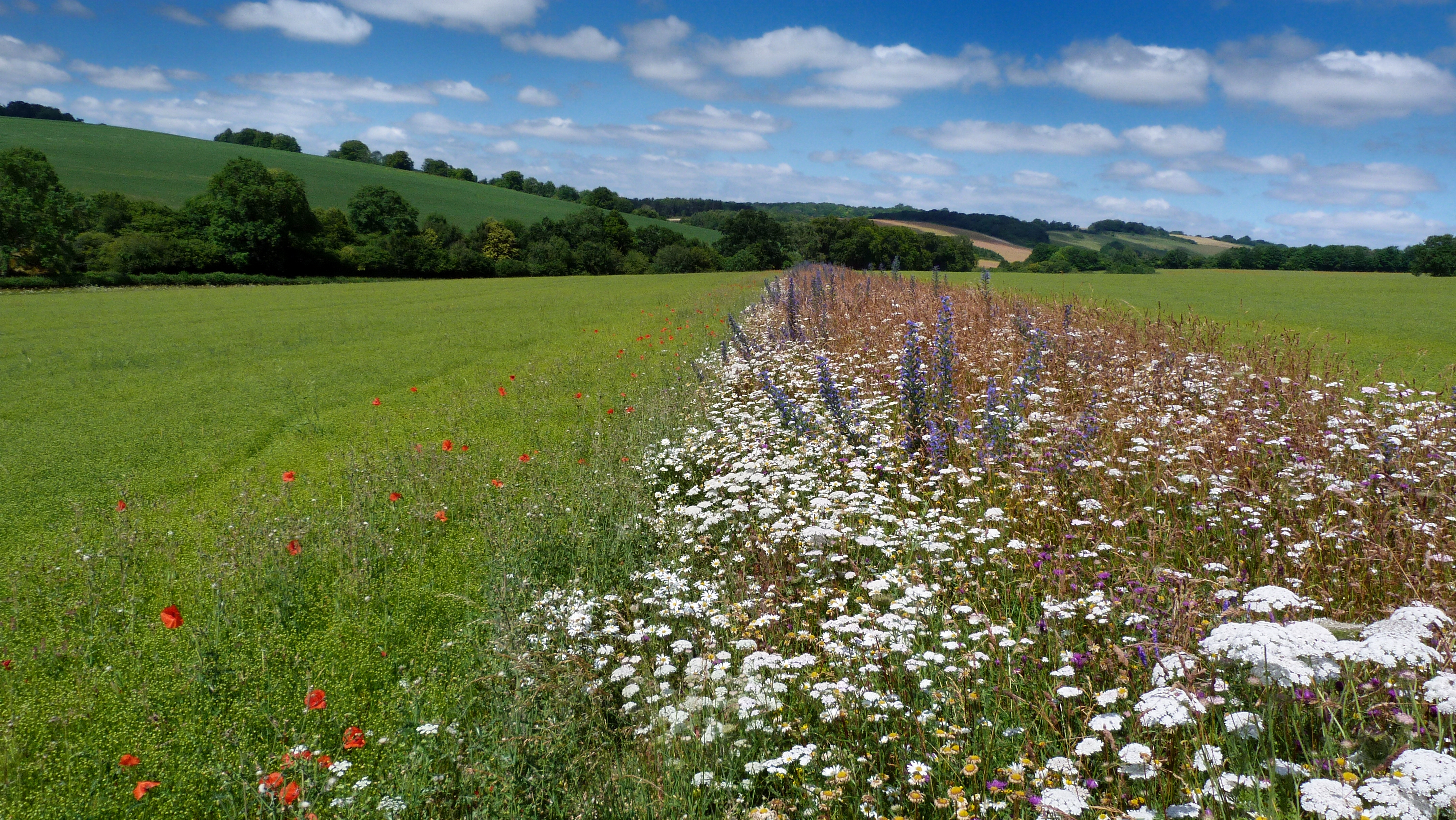Research published today in the Journal of Applied Ecology, led by UK Centre for Ecology and Hydrology (UKCEH), highlights the positive impact of agri-environment schemes (AES) on butterflies.
- The research uses both professional survey and data from citizen scientists to reach robust conclusions.
- The research highlights the importance of agri-environment intervention across landscapes, with potential implications for the design and implementation of future AES.
Agri-environment schemes are important mechanisms for environmental improvement with the potential to benefit a wide variety of wildlife. However, evidence for the national scale benefits of AES is mixed.
This latest research, carried out by scientists from the UKCEH and British Trust for Ornithology (BTO), and funded by Natural England, combines both professional survey data and data gathered from citizen scientists through the UK Butterfly Monitoring Scheme (UKBMS) to assess relationships between agri-environment schemes and butterfly abundance, richness and diversity in England.
This research analysed data from a study specifically designed to assess AES effects at the landscape level across multiple regions and taxonomic groups (the LandSpAES study) alongside two different citizen science UK Butterfly Monitoring Scheme (UKBMS) surveys. While the latter were not designed to evaluate AES effects, they provide better national spatial coverage across the agricultural landscapes of England. By considering multiple sources of evidence available, the authors were able to account for the different strengths and weaknesses present in each dataset.
The study used a novel AES scoring approach allowing for the integration of different types of AES management, including the creation of habitat features such as wildflower strips and the restoration of semi-natural habitats, and looked at the effects at a local (1km) and landscape (3km) scale.
The findings show that AES in the surrounding landscape were positively associated with butterfly community responses in all three datasets, and some evidence that local-scale AES were positively associated with butterfly richness. The findings provide evidence for managers and policymakers and have potential to shape future AES.
Lead author and Head of Land Use, Dr Susan Jarvis from UKCEH said, "The results provide support for the positive effects of agri-environment schemes on butterflies in England from multiple sources of evidence, providing evidence that these schemes are providing tangible benefits for butterflies.
“When it comes to shaping future schemes, multiple data sources should be considered for AES monitoring and evaluation, to ensure the strengths of the different data types are maximised. The finding that butterflies appear to respond more strongly at the landscape scale suggests that future AES interventions over larger spatial areas than individual fields and farms should be considered when aiming to provide benefits for butterflies.”
Natural England Principal Officer for Evidence, Susanna Phillips comments, “These are really encouraging findings, showing the tangible benefits of environmental schemes on habitats and butterfly populations. This study is one piece of a much bigger picture in our agri-environment research. We’re looking closely at how well our environmental goals are being achieved and whether agri-environment scheme investments are truly delivering value for the public and nature.”
Looking ahead, UKCEH, together with BTO, are conducting a resurvey of the LandSpAES sites. This will test whether AES at the local and landscape scales can change populations of butterflies and other pollinating insects, birds and bats over time.
Further information
The full paper can be read in the British Ecological Society's Journal of Applied Ecology.
Jarvis et al. 2025. Positive impacts of agri-environment schemes on butterflies from multiple evidence sources. Journal of Applied Ecology. DOI 10.1111/1365-2664.70126. Open access.
The study involved scientists from UKCEH, Natural England and the British Trust for Ornithology.
The work was funded by Natural England’s monitoring and evaluation of agri-environment schemes programme (projects LM0465 and LM04109).
